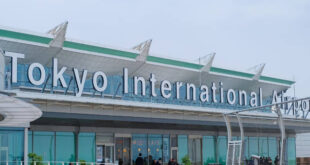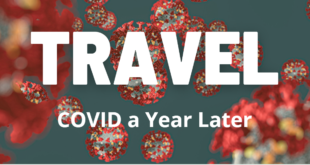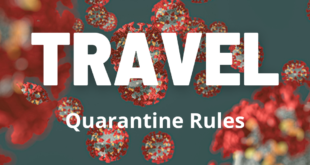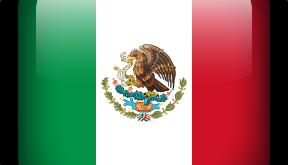As millions of travelers took to the air over the Christmas/New Year’s holiday, few took on board the experience encountered on the 14 December Orlando-to-Los Angeles United Airlines flight which saw Isaias Hernandez collapsed 20 minutes into the flight. The flight was diverted to New Orleans, and fellow passengers and crew provided emergency medical aid, to include performing CPR.
Hernandez subsequently died that night in the hospital.
Louisiana authorities listed the cause of death as “acute respiratory failure” and “COVID-19.”
United Airlines had a COVID plan
All passengers were required to fill out a form in which it was specifically asked if passengers were experiencing COVID-like symptoms. Hernandez’s wife said he was, prior to the flight. The form he filled out prior to the flight said he wasn’t.
The form aka “Ready to Fly” checklist includes the following:
- You must wear a face covering while on board for the safety of everyone.
- Have not been diagnosed with COVID-19 in the last 21 days.Have not experienced any of the following symptoms in the past 14 days (excludes symptoms from a pre-existing condition)Temperature of 38 C/100.4 F or higher
- Cough
- Shortness of breath/difficulty breathing
- Chills
- Muscle pain
- Sore throat
- Recent loss of taste or smell
- Have not had close contact with someone who tested positive for COVID-19 in the last 14 days.
- Have not been denied boarding by another airline due to a medical screening for a communicable disease in the last 14 days.
United Airlines “Ready-to-Fly” checklist requires customers to “accept” during the digital check-in process on the mobile or kiosk check-in or orally with a gate agent prior to receiving a boarding pass.
Hernandez opted to put himself and others at risk, so he could fly, when he should have been seeking medical assistance.
With the millions who traveled in the United States these past three weeks, what are the odds that others chose to lie so that they may fly?
None? Some? How would you know?
 Travel Securely Securely Travel
Travel Securely Securely Travel





